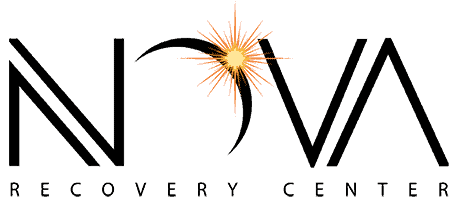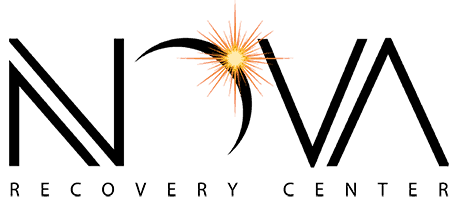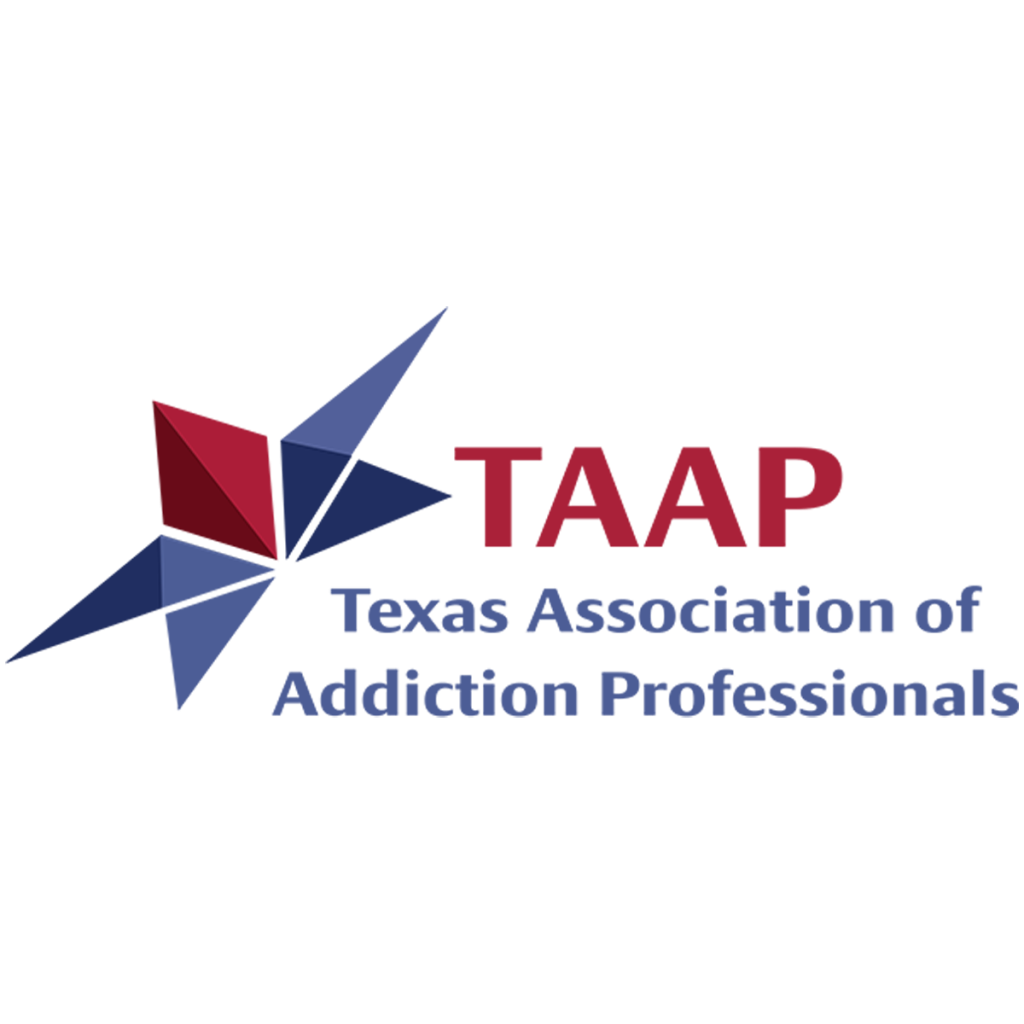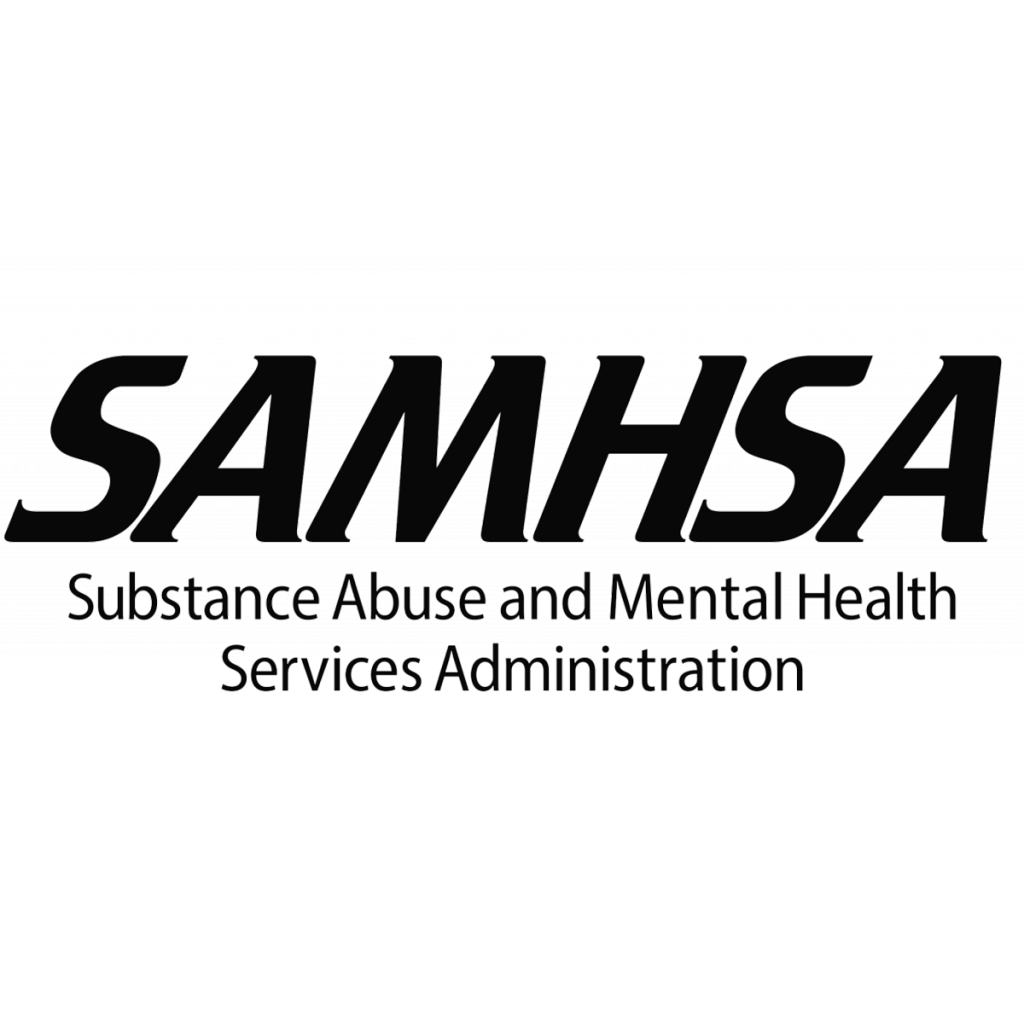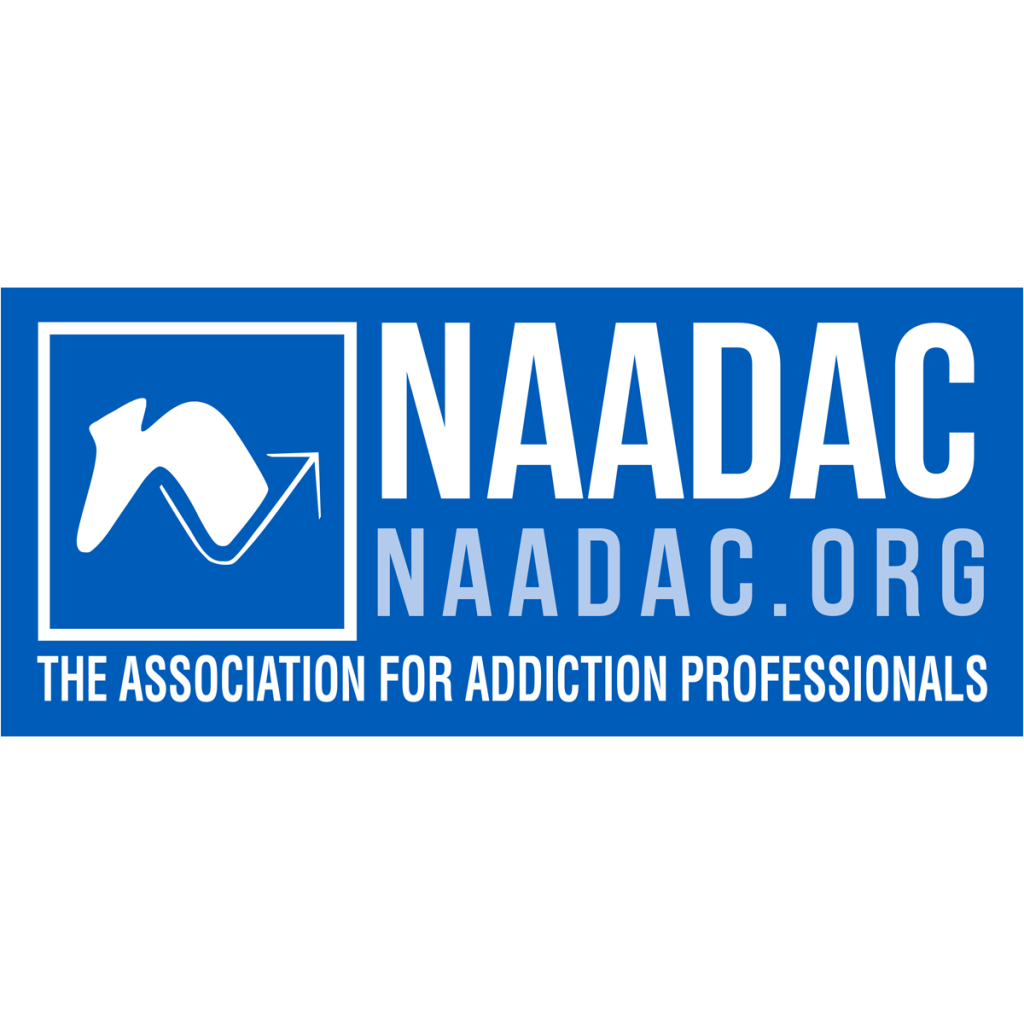Oxycodone
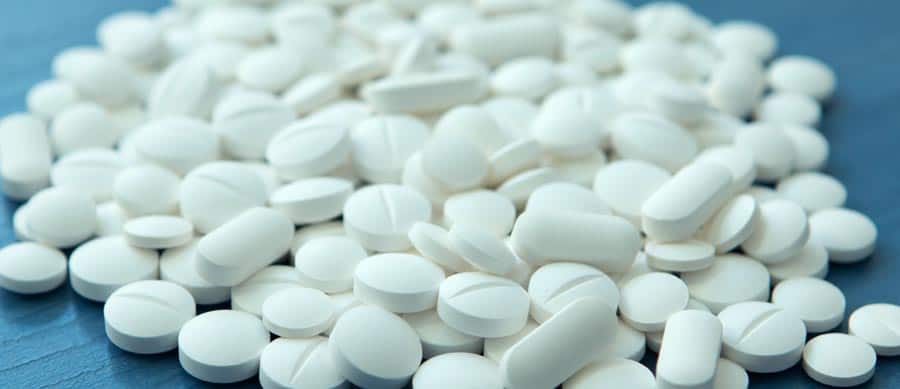

Oxycodone Addiction: Side Effects, Detox, Withdrawal, and Treatment
Table of contents
What Is Oxycodone?
Oxycodone is a prescription painkiller, also called a narcotic, that is prescribed to treat moderate and severe pain. It is sold under several brand names, including OxyContin, Percocet, and Percodan, among others.
Oxycodone works to relieve pain by binding to opioid receptors in the body’s central nervous system. This changes the way the body perceives and experiences pain, but the effect is also very addictive.
Frequently prescribed by doctors in pill form, people who abuse oxycodone may chew the pills, crush them, or dissolve them in water and inject them—all of which change the way they affect the body. Oxycodone is an extremely powerful opioid drug and should only be taken as directed by a doctor. Even when oxycodone is taken as prescribed, the risk for addiction and dependence is much higher than that of other prescription drugs.
Oxycodone vs. OxyContin: What’s the Difference?
Oxycodone and OxyContin are both prescription opioid drugs that are used to treat pain. They are both effective at what they do, but there are a few main differences between the two narcotics.
Oxycodone is an opioid drug derived from the poppy flower. OxyContin, on the other hand, is the brand name of a drug that contains oxycodone in addition to a timed-release chemical that extends its effects.
The effects of these two drugs also differ greatly in duration. The effects of oxycodone last about four to six hours while the effects of OxyContin last much longer and may extend a full 12 hours.
Both oxycodone and OxyContin are addictive and are frequently abused, but OxyContin is one of the most abused opioid drugs in America.
| Oxycodone | OxyContin |
|
|
|
Slang for Oxycodone
The most popular brand of oxycodone is OxyContin, which has several different street names. The following terms are street names or slang for oxycodone:
- Oxy
- O
- OC
- Ox
- Blue
- Killers
- Hillbilly heroin
- Kickers
How Common Is Oxycodone Addiction and Abuse?
Of the 11.8 million people abusing opioids in 2016, 3.9 million of them reported misusing oxycodone. Overdose rates for prescription opioids increased 200 percent between the years of 2000 and 2014 and more than 18,000 people died from overdoses involving prescription opioid painkillers in 2015.
With the ongoing opioid crisis raging, now more than ever, it’s extremely important for people to be aware of the signs and symptoms of opioid abuse. In many cases, people start out taking a prescribed dose of oxycodone but as their body develops a tolerance, they find that they need larger doses of the drug to achieve the same pain-relieving effects. This behavior can quickly lead to addiction.
What Are the Side Effects of Oxycodone Abuse?
A person may experience some of the following physical effects after taking a prescribed amount of oxycodone, but more severe symptoms may be a sign of abuse. Short-term effects of oxycodone abuse may include:
- Nausea
- Vomiting
- Headaches
- Fatigue
- Constipation
- Sweating
- Itching
Long-term effects of oxycodone abuse may include:
- Depression
- Anxiety
- Hallucinations
- Insomnia
- Addiction
A person who has overdosed on oxycodone may show some of the following physical signs:
- Shallow breathing
- Narrowed pupils
- Vomiting
- Unconsciousness
- Slowed pulse
- Bluish lips and/or fingernails
- Seizure
- Coma
What Are the Signs and Symptoms of Oxycodone Addiction?
If a person is addicted to oxycodone, he or she will probably show a few common physical and behavioral signs. These may include:
- Taking more oxycodone than prescribed
- Experiencing extreme euphoria when taking oxycodone
- Hiding oxycodone use from friends and family
- Craving oxycodone, especially on difficult days
- Extreme drowsiness
- Developing a tolerance (needing larger doses of oxycodone to feel relief)
- Isolating oneself and avoiding friends and family members
- Uncharacteristic mood swings
- Prioritizing oxycodone use instead of school, work, and family obligations
- Being financially irresponsible in an effort to maintain a supply of oxycodone
- Pawning or stealing valuable items to sell for drug money
- Continuing to abuse oxycodone even when faced with financial, relational, medical, or legal problems
Because it is such a powerful drug, oxycodone addiction is very difficult to overcome without professional assistance. Addicted individuals should seek treatment immediately.
[sc name=”phoneinsurancecta”]
What Are Oxycodone Withdrawal Symptoms?
When the oxycodone leaves an addicted person’s system, he or she may experience uncomfortable or severe withdrawal symptoms. Typically, oxycodone withdrawal symptoms include:
- Abdominal cramping and muscle aches
- Goosebumps
- Nausea and vomiting
- Diarrhea
- Watery eyes
- Sweating
- Yawning
- Anxiety
- Insomnia
- Agitation
Dehydration from diarrhea and vomiting is especially dangerous and common during opioid withdrawal, so anyone trying to stop using oxycodone should do so under the supervision of a doctor or experienced medical team at a detox center.
Oxycodone Detox
Medically-assisted detox is the safest and most effective way to detox from prescription opioid drugs like oxycodone. Not only does a detox center provide a safe and supportive place for addicted individuals to get help, but it also provides the assistance of medical and clinical professionals who are trained to recognize and treat the symptoms of opioid withdrawal.
During oxycodone detox, clients will be evaluated to determine their physical, emotional, and psychological needs. An oxycodone detox program is designed based on these issues and the detox protocol is continually updated as the client’s needs change. During this time, the medical treatment team will treat any uncomfortable symptoms of oxycodone withdrawal to gradually bring the client down into a sober state of stability.
Once oxycodone detox is complete, clinical and medical team members will provide recommendations for ongoing treatment, which may include inpatient or outpatient drug rehab, sober living, and/or aftercare.
Oxycodone Withdrawal Timeline
The 0xycodone withdrawal timeline will vary depending on the client’s drug abuse history, current condition, and many other factors. Here is an overview of what a person may experience during withdrawal, although every withdrawal experience is unique.
| 6-48 hours after the last dose: | The client may experience some early symptoms of oxycodone withdrawal, including muscle aches, insomnia, and anxiety. |
| 3 days after the last dose: | Oxycodone withdrawal symptoms may peak during this time and the client may experience nausea, vomiting, abdominal cramps, diarrhea, goosebumps, and cravings. Depression is also common. |
| 5-7 days after the last dose: | Most oxycodone withdrawal symptoms have receded by this time, but some clients may still experience lingering nausea, anxiety, and lack of appetite. |
Long-Term Rehab for Oxycodone Addiction
Once a person has completed oxycodone detox for oxycodone addiction, he or she may choose to continue his or her treatment with a long-term rehab program. Although there are many 30-day programs out there that claim to provide lasting results, according to the National Institute on Drug Abuse, drug rehab of at least 90 days provides the best opportunity for lasting, long-term sobriety. For many people, 30 days just isn’t long enough to make a lasting change, and a long-term rehab program may provide the best results.
During drug rehab for oxycodone addiction, clients will learn more about the disease of addiction, work through the 12-step (or similar) program, learn relapse prevention strategies, and gain essential life skills that will help them stay sober.
Inpatient Drug Rehab vs. Outpatient Drug Rehab
Though there are countless oxycodone rehab facilities around the country, there are two primary types of drug rehab: inpatient rehab and outpatient rehab. When determining which type of oxycodone treatment is best for you or your loved one, it’s essential that you understand the main differences between the two. This will help you determine which type of oxycodone treatment will best meet your needs.
Inpatient oxycodone rehab takes place at a facility that is designed to provide a safe and supportive living environment for individuals who are suffering from substance abuse problems. Clients live on-site throughout the duration of their treatment program and all residents must follow a structured daily schedule and code of conduct to remain enrolled. This typically involves maintaining ongoing sobriety, adhering to the requirements of the recovery program, and submitting to random drug testing.
The primary difference between inpatient and outpatient oxycodone rehab is that outpatient treatment does not require the client to live on-site at a rehab center throughout the duration of his or her program. Instead, the client attends group meetings several times each week at a local clinical location. Sessions are facilitated by experienced treatment staff and involve other individuals who are recovering from addiction.
Outpatient oxycodone treatment is typically a better option for someone who cannot commit to a 90-day inpatient program or who has to live at home for financial reasons or to care for children. On the other hand, a person who needs more structure to successfully remain sober may do better with an inpatient oxycodone rehab program.
The overall cost of an oxycodone rehab program will vary depending on the type of treatment program offered, the location, the services offered, and various other factors. Clients typically have several different payment options, which may include utilizing their medical insurance benefits, EAP benefits, taking out a private loan, or making out-of-pocket payments.
Continued Care Options for Oxycodone Addiction Treatment
A genuine and lasting recovery from oxycodone addiction is something that will take time, continued effort, and a strong support system. For this reason, many people who recover from opioid addiction continue their treatment with a sober living program and/or aftercare program upon completing oxycodone rehab.
Sober Living Programs
A sober living program bridges the gap between drug rehab and independent sobriety. After rehab, many people in recovery still need a lot of support to maintain their sobriety, learn how to live independently without the aid of drugs, and adjust to a whole new way of living.
Sober living homes provide safe, supportive, gender-specific living environments for men and women in recovery. Structured programming and peer mentors also help guide enrolled individuals through the transition from addiction to independent sobriety. Programs typically require residents to attend group support meetings, submit to regular drug screenings, and adhere to the rules of the sober living facility.
The cost of a sober living program varies and is based on a number of different factors, including:
- The location of the sober living home
- The type of sober living facility
- The recovery support services offered
Aftercare Programs
Aftercare programs are designed to support individuals who have already completed an inpatient or outpatient program. Continued care is provided in the form of weekly group meetings facilitated by a licensed counselor.
Alumni who enroll in aftercare attend these meetings and use them as regular sobriety check-ins. Meetings also provide additional opportunities to connect with other people in recovery, share personal struggles, and provide support to other people battling addiction.
If you or a loved one is struggling with oxycodone addiction, help is available. Call Nova Recovery Center now to learn more about our oxycodone treatment options, including medical detox, residential rehab, intensive outpatient rehab (IOP), and sober living.
Nova Recovery Center offers a large range of substance abuse treatment services: detox, residential, outpatient and sober living.
Treatment Options
Treatment Locations
Call Us Now and Begin Healing at (512) 605-2955
Or text us and we will call you right back.
Not quite ready for a call? You can fill out the form below.
What Makes Us Different
- Gender-specific treatment
- Evidenced-based treatment
- 12-Step immersion
- 90-day residential treatment
- Family program
- Full continuum of care
- Insurance and private pay
100% Confidential Guarantee
Confidential Consultation
Nova Recovery Center is dedicated to helping you or your loved one get help. Please call or fill out this form for a confidential consultation.
One of our understanding, dedicated advisors will contact you about your options. Begin healing today.
Nova Recovery Center is dedicated to helping you or your loved one get help. Please call or fill out this form for a confidential consultation. One of our understanding, dedicated advisors will contact you about your options. Begin healing today.
